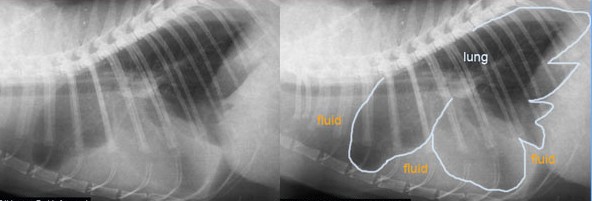
It may be louder over the neck and can signify a medical emergency. Stridor is a high-pitched, wheezing sound that’s usually heard on inspiration. Rhonchi are caused by blockage in the large airways due to fluid, mucus, or other secretions in the lungs. Rhonchi are low-pitched rattling sounds that may sound like snoring, gurgling, or wheezing. What causes crackles?Ĭrackles are caused by fluid in the smaller areas of the lungs such as in the alveoli. What do crackles sound like?Ĭrackles are described as bubbling, popping, or clicking noises that are best heard during inhalation and may be moist, dry, fine, or coarse. Wheezing is caused by vibrations of constricted airway walls induced by a diminished airflow. Wheezing is a high-pitched whistling sound that is commonly heard with expiration and may be heard with inspiration or throughout the cycle depending on the severity of inflammation and constriction.
#Rales lung sounds pleural effusion full
When you move the stethoscope, make sure you listen to at least one full breath cycle at each location.Ask the client to breathe in and out deeply through the mouth. Place the stethoscope directly on the client skin, not over clothing.Make sure to auscultate corresponding areas on both sides of the chest for comparison. Listen to both the front (anterior) and back (posterior) of the chest.



Use a stethoscope with a diaphragm (better for listening to lung sounds which are relatively high-pitched).Ask the client to sit upright as this allows for optimal lung expansion.Here are the steps for lung auscultation:
#Rales lung sounds pleural effusion pro
Students: Educators’ Pro Tips for Tough TopicsĪuscultating, or listening to, lung sounds is a critical part of a respiratory assessment.Maternity Nursing and Care of the Childbearing Family.Diversity, Equity, Inclusion, and Belonging.


 0 kommentar(er)
0 kommentar(er)
